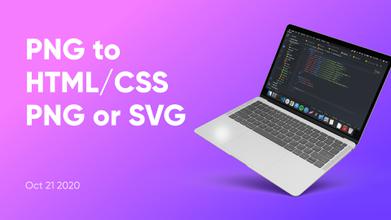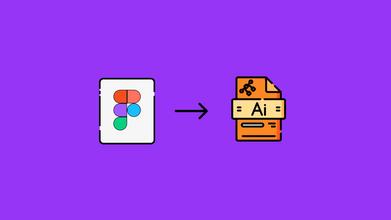Image to HTML Converter - all about HTML
Nov 22, 2019 6061 seen
Are you all ready to pivot to a career as a web developer? Know, web developers use coding languages to bring websites and mobile applications to life, so it’s a job with high demand. But where do you get started making the transition? At the beginning, of course! So when you reach web development the beginning is HTML.
So what is HTML?
HTML (HyperText Markup Language) is a coding language used to define parts of web pages or mobile apps to the web browsers that visit them. HTML is definitely the simplest building block in web development, and that's what makes it so critical to learning. To expand on the definition above:
- HTML indicates the browsers which part is a header or a footer of a webpage, where any paragraph belongs, where graphics, images, and videos are put, and so on.
- The browser takes the HTML content and transforms it into what people see on their device’s screen.
- HTML is a standard language that is understood by all web browsers.
- HTML is also the generally accepted standard for building websites by search engines like Google, Yahoo, or Bing based on relevant search terms.
You won’t get far from building a website without a structured, searchable webpage, and that’s why HTML is one of the first languages you should learn if you’re interested in coding. But what does learning HTML involve?
Learning HTML—How Long Does it Take and Where to Start
If you’re new to tech, learning HTML might seem like a big undertaking, but don't panic! Learning HTML is a lot more doable than you might think. The time frame for learning HTML isn’t years, and it isn’t even months. Although you might not realize it, there’s a good chance you’ve already been exposed to HTML. Did anyone use early personal websites like Myspace where you could customize your page with commands inside <>? Know that the people were actually using HTML code. The bracketed commands are HTML tags, and they’re a basic component of HTML.
When people use HTML tags to create something like a paragraph or a headline, means they are creating "elements". Elements are the individual HTML components that make up an HTML document or webpage, defined by those opening tags (<p>) and closing tags (</p>), as well as the information between them (This is a paragraph). A web page’s HTML elements can consist of various types of media and content including :
You have to use its particular HTML tag, in order to place any type of media on your webpage. For example, videos get '<video>' tags, images get '<img>' tags, and so on.
How does HTML become a website?
HTML code can be written as a plain text HTML document in any basic text editor or word processing program, after which it’s saved as an HTML file with HTML at the end. A simple standard computer is required. Those HTML files then become the basis for a website’s individual pages and are put online as a live website through a process called web hosting.
Additional techniques and programming languages are required to achieve results beyond static web pages (features like interactive forms, animated graphics, and photo slideshows), however, HTML is indeed a key foundational step in web development.


